Rehabilitation after a stroke
Total number of people who went through a stroke reaches 2–3 % a year of the whole population. Mortality rate is rather high, especially in case of a hemorrhagic stroke. It reaches 30–35 % of the total number of sick people.
The problem of rehabilitation after a stroke is one of the most crucial medical problems that requires significant efforts both on the part of a consulting physician and a patient and his/her relatives. The task of the medical staff is to facilitate intensifying of the self-recovery process.
All the neurological health care facilities, both public and private, work in the field of rehabilitation in Kyiv. Inpatient rehabilitation treatment is indicated for the patients who have motor, speech, coordination or other disturbances due to a past stroke or other neurological pathology, but they have preserved the ability to walk, eat, communicate with other people and take care of themselves without exterior help.
The recovery after a past insult in our clinic includes as follows:
- medical care (therapeutic approaches);
- psychological recovery;
- socioenvironmental adaptation;
- pedagogical rehabilitation complex.
Remedial measures should be started as soon as possible, be carried out consistently, continuously and holistically. Active help from the relatives and the attitude of a patient for recovery plays the particular role in it.
Rehabilitation of patients after a stroke is based on the propensity of the body for self-recovery because of the rearrangement of neurons (brain cells) and restoration of the links between brain regions. It mostly depends on the dimensions of the focal area of the stroke and its location.
The main goal of the recovery period is to restore the lost motor functions, speech of a patient, to eliminate the development of possible complications in internal organs.
Residual effects of the disease provoke depressed states in many patients. In the most complicated cases, psychological methods of influence are indispensably complemented with the prescription of antidepressants. It is very important to select a required medicine of this group. Medications supporting the functioning of heart, respiratory system, and other organs are prescribed if medically required.
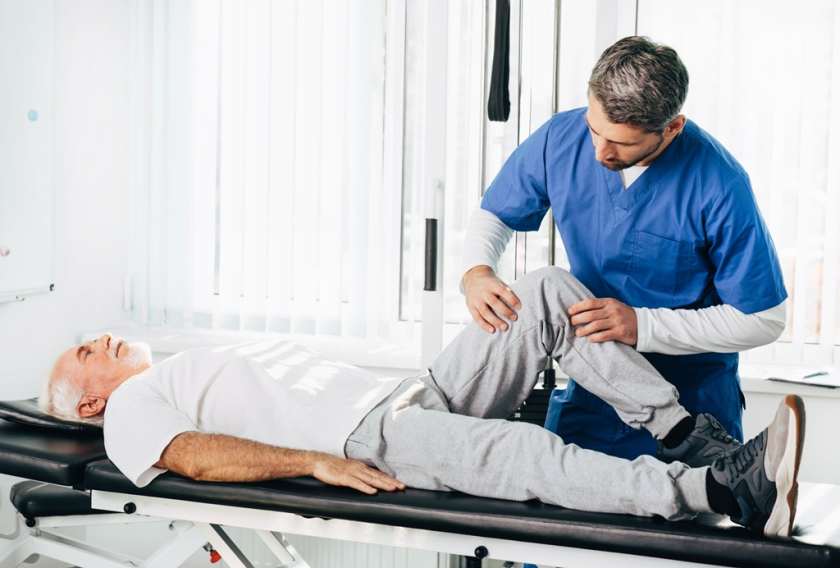
Abolition of motor disturbances
Physical rehabilitation after a stroke is based on kinesitherapy activities, as 80 % of patients have residual paresis and paralysis, as well as coordination issues.
Man tasks of the exercise therapy are as follows:
- complete or partial restoration of dexterity;
- formation of self-care skills;
- abolition of balance disorders.
Kinesitherapy (passive and active) is performed by experience instructors. The efficiency of the therapy is complemented with electrostimulation of the muscles. Biofeedback favors more responsible approach of a patient to the recovery process, especially in case of rehabilitation after an ishemic stroke.
Exercise therapy is applied from the first days after the beginning of the disease, such as passive exercises made by a physical therapist or people taking care of the patient. Gymnastics includes working out of the whole amount of movements of the afflicted body parts. It is especially actual for rehabilitation of arms after a stroke and within the period of leg function restoration. At this, the first strides of many patients have a huge psychological effect, they become an additional impulse for further sessions and expedites the recovery. Persistent and regular exercising gradually refine and consolidate the effect. Pareses and paralyses slowly disappear. Patients have the opportunity to perform even delicate manipulations such as shaving, using scissors, thread and needle.
Firstly, a patient learns to rise from the bed and walk with a walking cane with the help of other people, and then learns to do it by himse
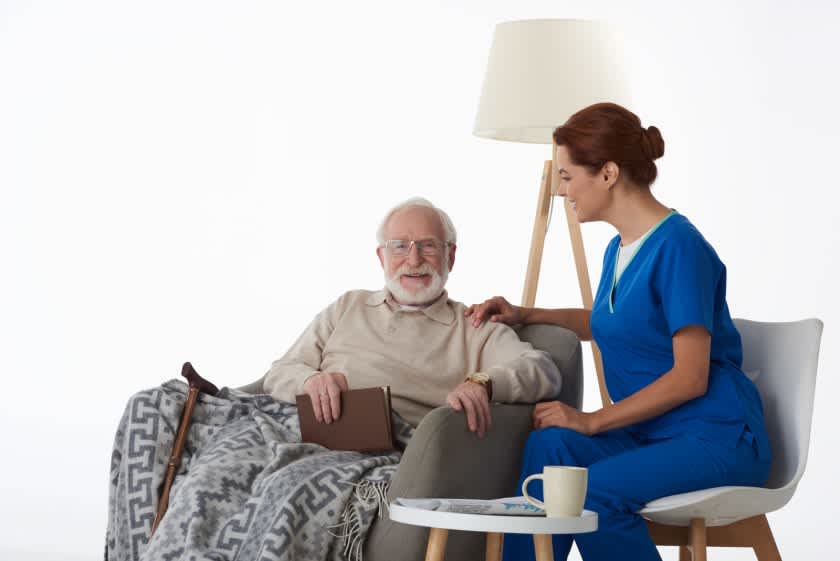
For the patients that are discharged from hospital and need post-hospital rehabilitation after an apoplectic attack or a surgery and have one or more chronic illnesses we developed the service of medical support at home. It is provided by Dobrobut.Patronage service.
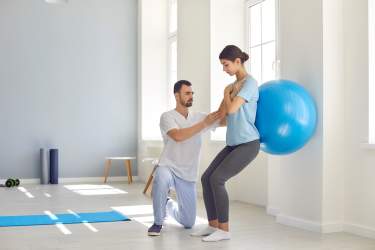
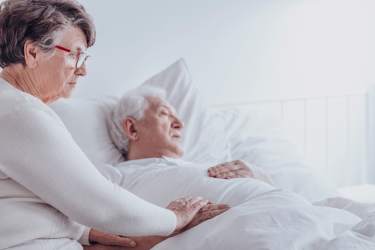
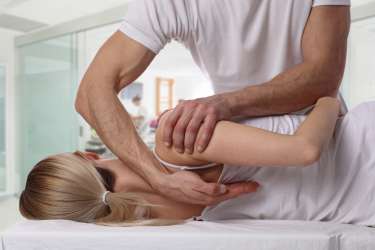
Speech approaches to rehabilitation after a stroke
Approximately 30 % of patients with a stroke have pathologies of sound generation and understanding of other people. In such a case, speech therapists (aphasiologists) and specialists in neuropsychology get involved in the process of restoration of the lost possibilities. The relatives who get the explanations on the importance of continuous verbal contact with a sick person study the techniques of speech rehabilitation after a stroke. The main and the most common mistake of relatives is a delusion that a person who has undergone a stroke does not understand them. They get recommendations on the specialized literature that includes a set of tried and tested exercises.
A rehabilitation course after a stroke is indispensably carried out in coordination with the specialists of all sectors. It helps to significantly improve the prognosis.
Psychosocial rehabilitation
Psychological techniques of rehabilitation after a stroke are required to mitigate adverse effects of a long-term immobilization, problems of perception and understanding of the world around, memory disorders. Psychologists help the patient’s relatives to create the required psychological climate where the patient will not feel himself/herself unwanted and self-defeating.
The main task of psychotherapy is to support optimism and the desire to recover. In this respect, the best method is rational persuasion. Hypnotherapy is prescribed to many patients.
Social rehabilitation after a stroke includes the formation of correct attitude to current circumstances and to own physical abilities. Patients are recommended to participate in the activities and work that are within his/her power and bring emotional satisfaction.
Article author: Viktoriya Penner
Publication date: 22.06.2020
Our services
Our advantages
Our neurologists
Center of Clinical Neurology, Neurorehabilitation and Rehabilitation Medicine
ISO certificates
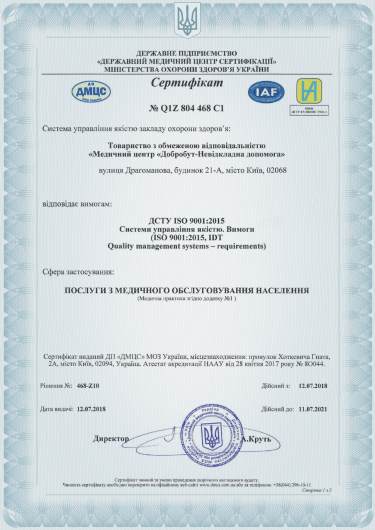
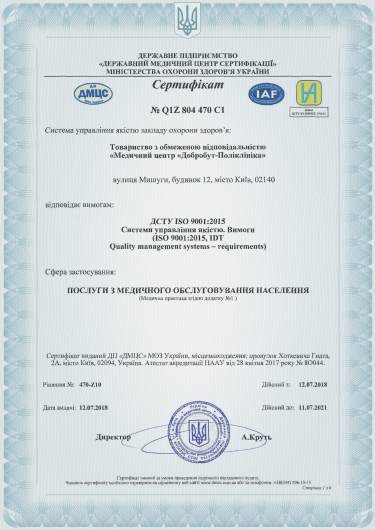
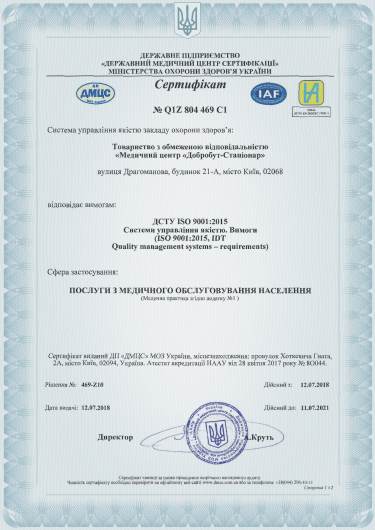
Accreditation certificates
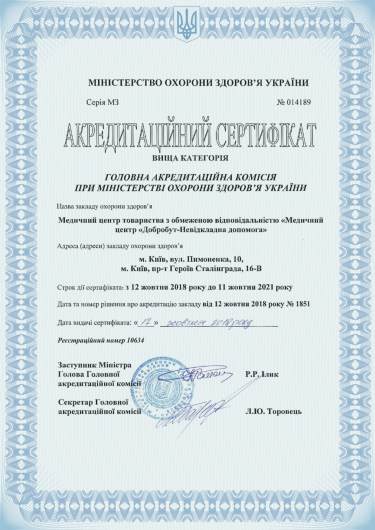
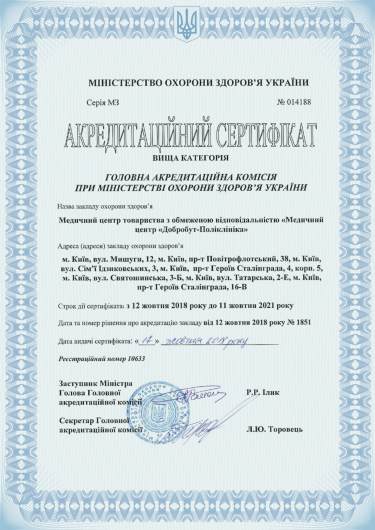
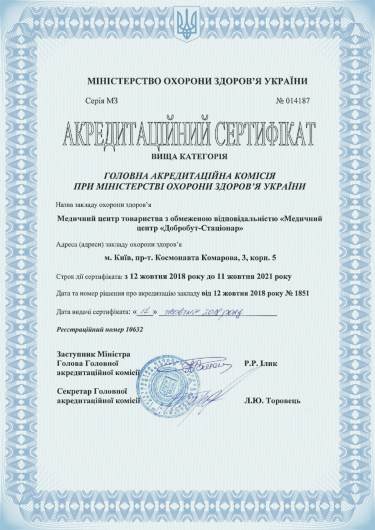
Medical practice licenses
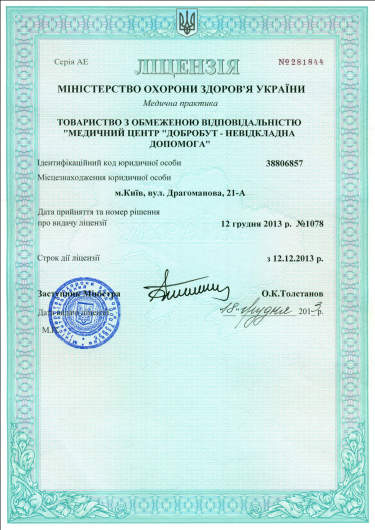
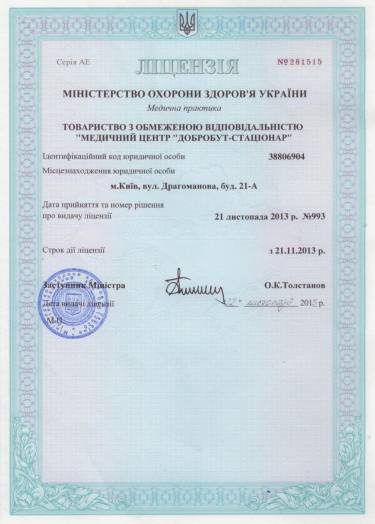
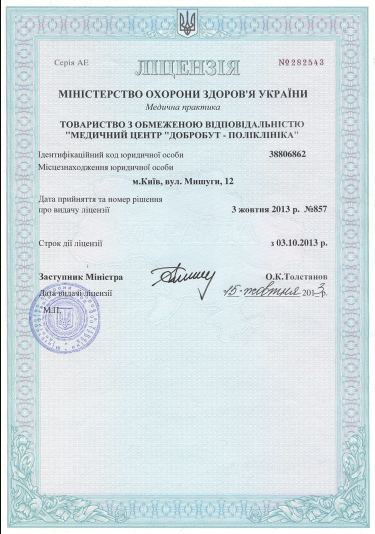

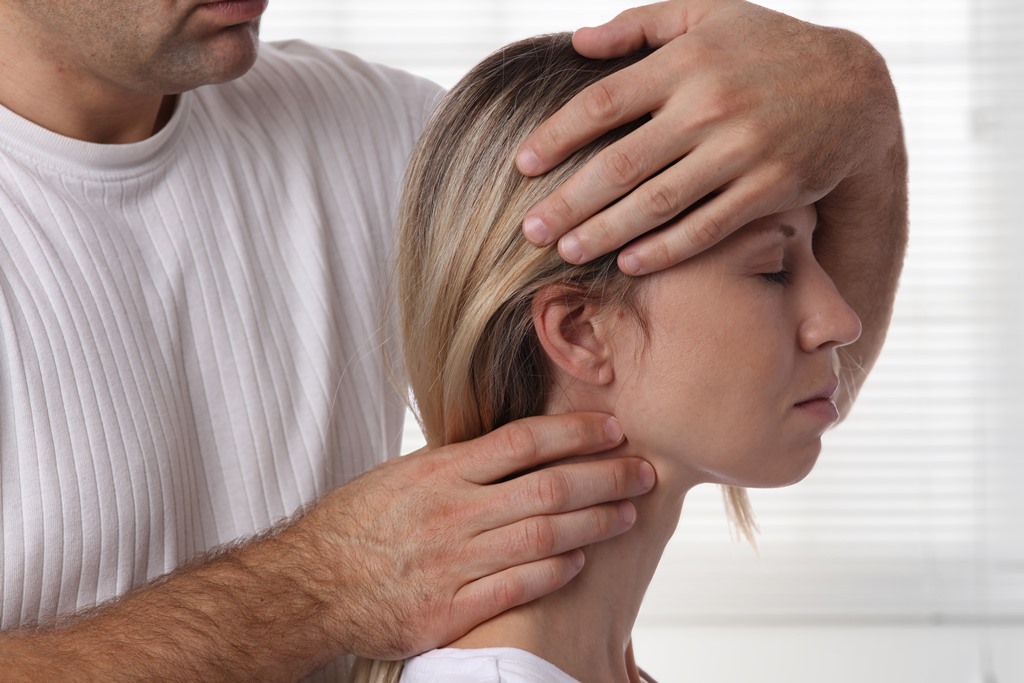











%402x.png)
%402x.png)
